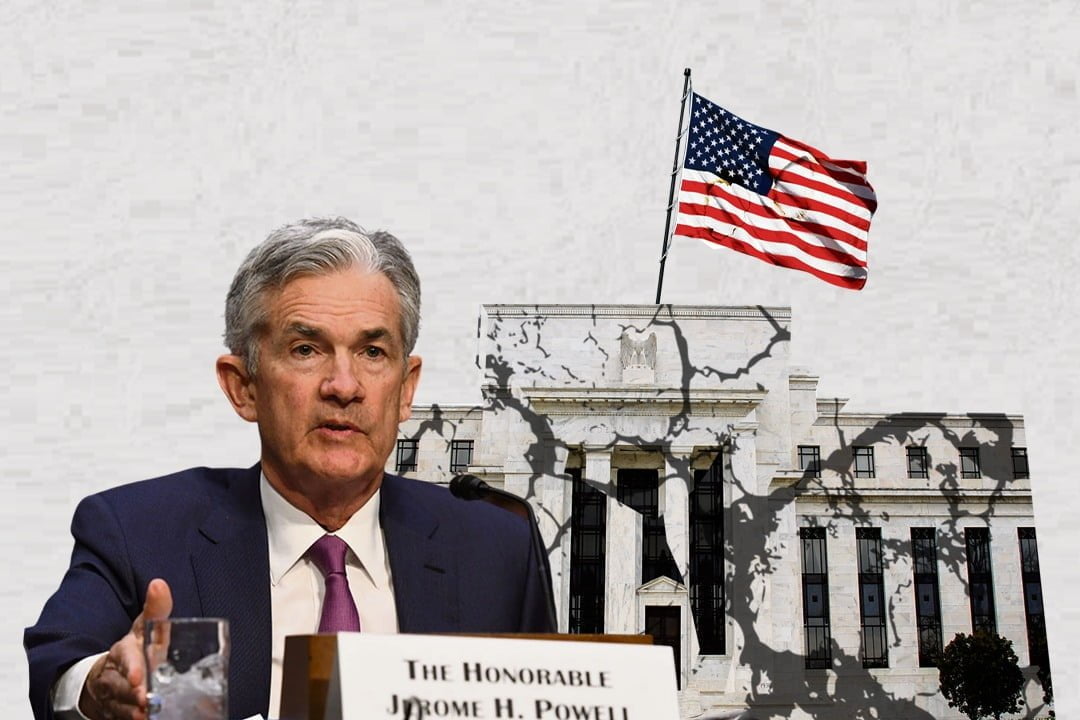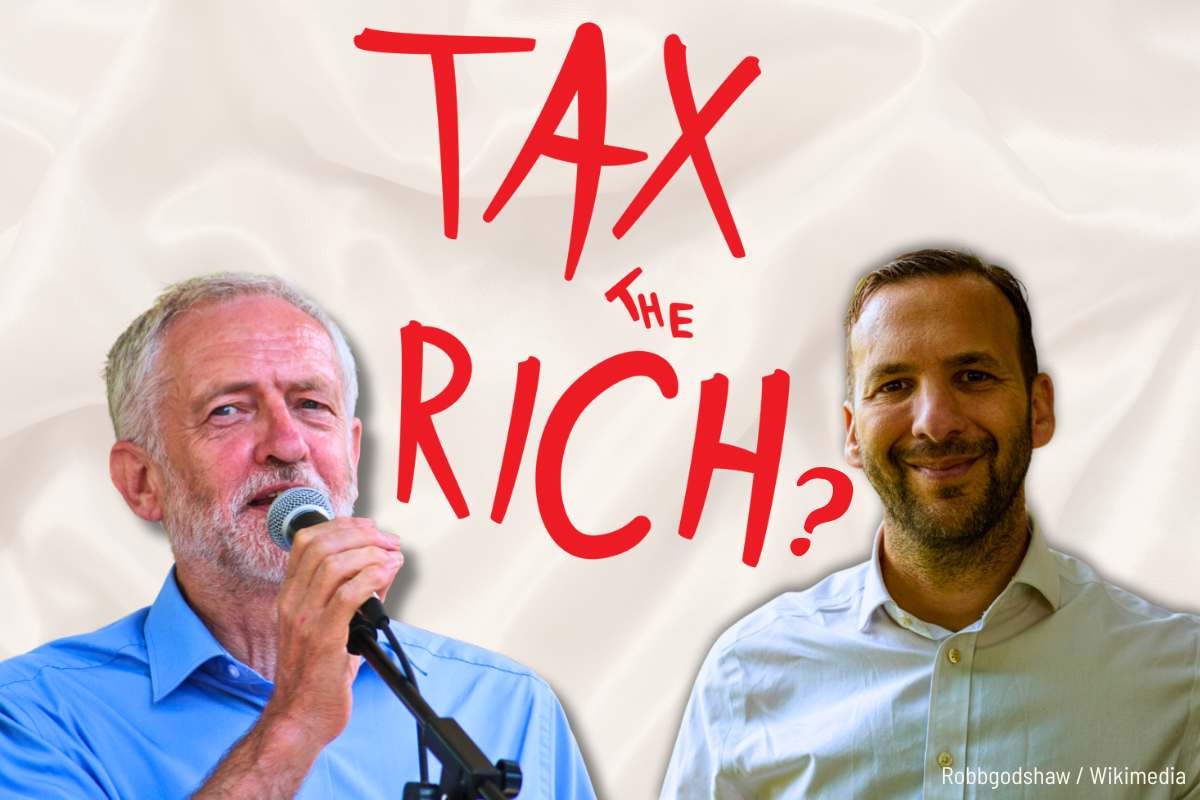With inflation spiralling out of control, central banks are hiking interest rates, provoking recession. The ruling class is increasingly split, as the crisis of capitalism deepens. Only socialist revolution can provide a way out of this impasse.
It is often said that a week is a long time in politics. Indeed, earlier this month, Britain saw both a new prime minister and a new monarch in the space of just a few days.
In economics, meanwhile, the passing of a year can seem like the transition to a whole different era.
Rewind twelve months, and nonchalant central bankers were describing creeping inflation as a ‘temporary’ phenomena. Supply chain disruptions and labour shortages, in turn, were considered an ephemeral nuisance by the capitalists – one that would soon be resolved by the omnipotence of the market. And economic forecasters were still predicting a robust post-lockdown rebound.
How the tune has changed. Fast forward to today, and everyone can see that prices are now spiralling out of control. Hopes of recovery have given way to fears of recession. And in place of laissez-faire complacency and hubris, the ruling class is now looking to pull the proverbial monetary handbrake, in a desperate attempt to prevent themselves from careering over a cliff-edge.
But an equally acute abyss confronts them on the other side: that of a new world slump. Indeed, in an effort to tame inflation, and fearing the alternative, a wing of the ruling class is even pushing for this cataclysmic outcome.
The fact is that, under capitalism, all roads lead to ruin. Revolutionary explosions impend.
Tightening up
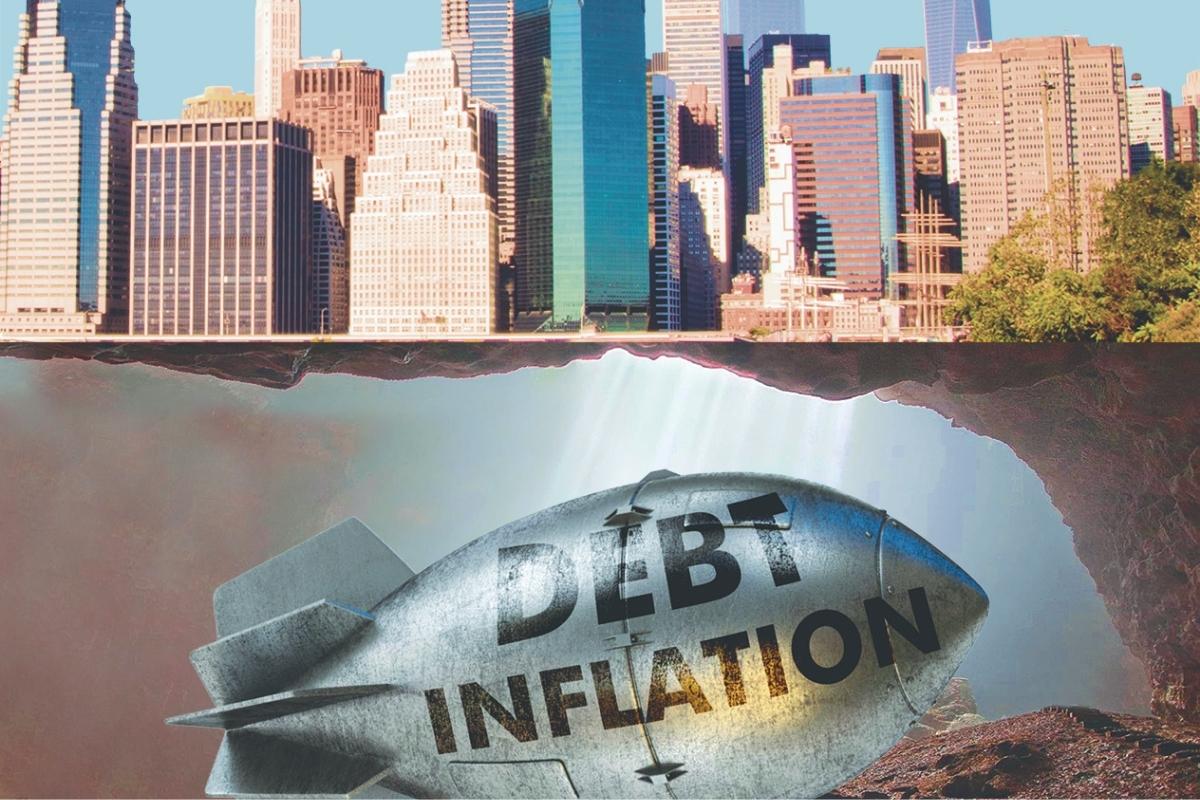 Inflation – now officially at 8.3% in the US, 9.1% in the eurozone, and 9.9% in the UK – is certainly no longer considered transient.
Inflation – now officially at 8.3% in the US, 9.1% in the eurozone, and 9.9% in the UK – is certainly no longer considered transient.
Instead, with the war in Ukraine continuing to push up energy prices, and other core costs rising, policymakers are increasingly concerned that inflation is becoming entrenched, spreading to every industry and commodity.
Consequently, decision-makers at key central banks – such as the US Federal Reserve, the European Central Bank (ECB), and the Bank of England (BoE) – have all taken a decidedly ‘hawkish’ turn of late: adopting a warlike stance in relation to inflation, and affirming their hardline commitment to bringing down prices.
This week, for example, the Fed and BoE both announced major interest rate hikes, as they seek to tighten monetary policy, restrict credit, and cool demand in the US and UK economies.
At its latest committee meeting, the Fed raised rates by 0.75 percentage points, to a new federal funds rate target of 3-3.25%. Similarly, on Thursday (postponed by a week, as a ‘mark of respect’ to the Royal Family!), the BoE pushed up the UK interest rate by 0.5 percentage points, from 1.75% to 2.25%. And earlier this month, the ECB also increased eurozone rates by 0.75 percentage points, to 1.25%.
All three, meanwhile, have told the public to expect further sharp rate rises in the year ahead – possibly to double current levels by next summer.
And, following the Fed’s lead, similar moves have been made recently by a series of central banks across the globe, from Switzerland to South Africa.
Provoking recession
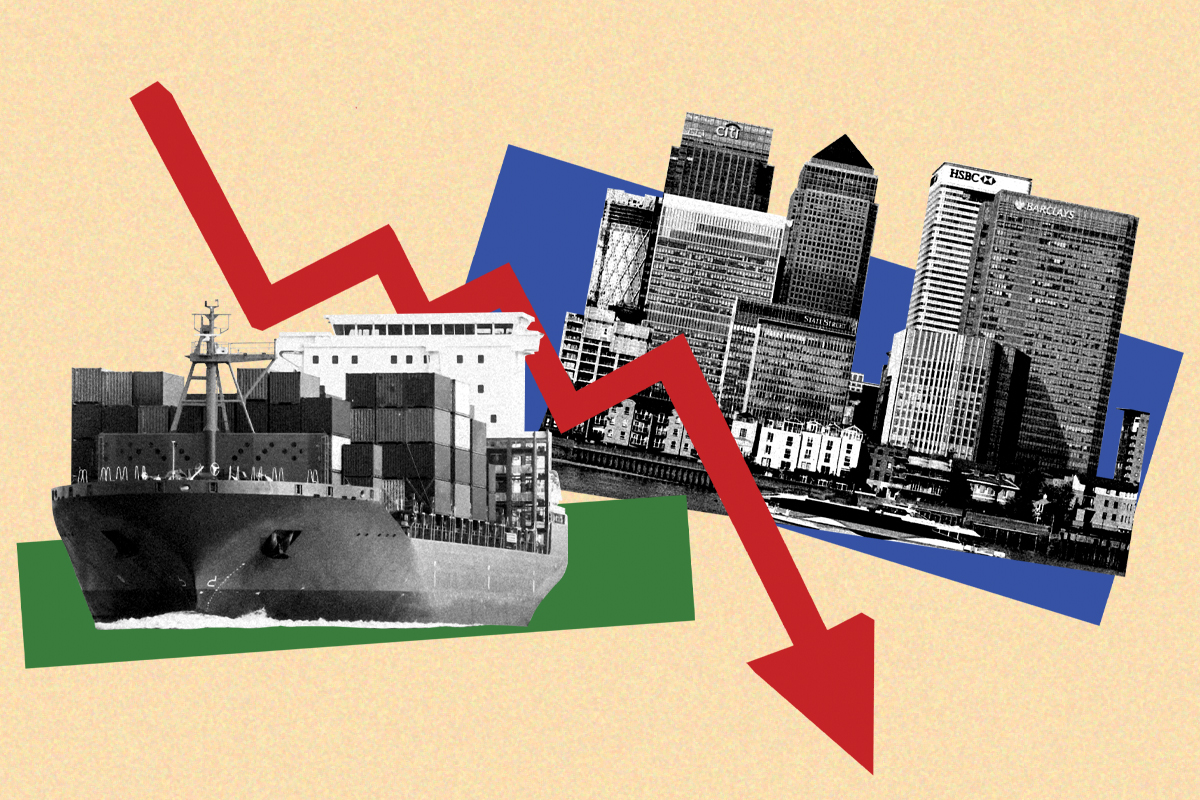 These recent decisions follow a meeting of the world’s leading central bankers in Jackson Hole, Wyoming, at the end of August, where this new aggressive approach to inflation was publicly declared.
These recent decisions follow a meeting of the world’s leading central bankers in Jackson Hole, Wyoming, at the end of August, where this new aggressive approach to inflation was publicly declared.
“In this environment, central banks need to act forcefully,” asserted Isabel Schnabel of the ECB Executive Board. “They need to lean with determination against the risk of people starting to doubt the long-term stability of our fiat currencies.”
“There are no doves left at the ECB, only average hawks and uber-hawks,” said Katharina Utermöhl, senior economist at German insurer Allianz, responding to her compatriots comments.
This message was also reiterated by US Fed chair Jerome Powell, who stated that “we must keep at it until the job is done”.
But cutting away the thicket of euphemism and doublespeak, what does this mean concretely? It means a conscious attempt to provoke a recession, in order to dampen economic demand, increase unemployment, and push down wages.
As Powell himself emphasised at the Jackson Hole gathering, his goal is to bring about “some softening of labour market conditions” to “keep inflation expectations anchored” – that is, to hold down workers’ pay, in order to prevent a vicious-cycle of rising wages and prices.
In other words, workers are scandalously being blamed for inflation, as they chase after prices and struggle for higher wages. And it is workers, one way or another, who are being asked to pay for this crisis.
From bad to worse
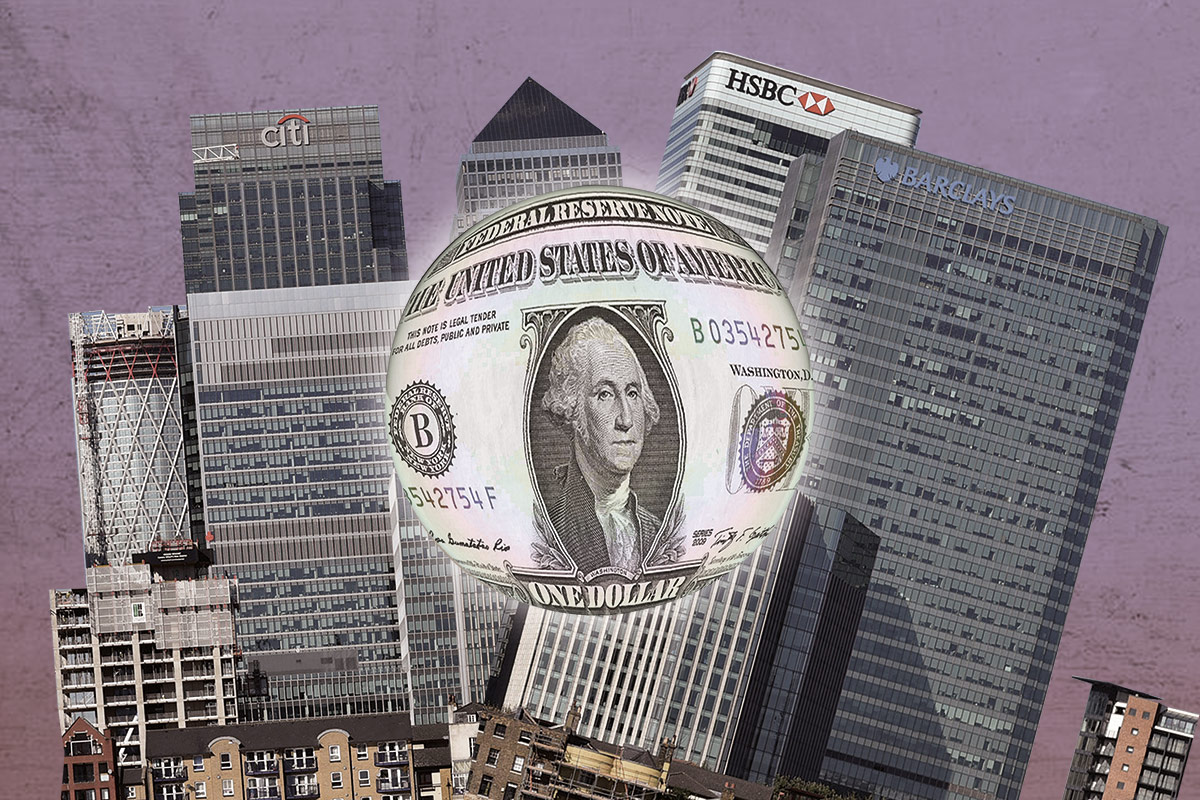 Until recently, Powell had insisted that he and the Fed could engineer a “soft landing”: slowing the economy (and reducing inflation) gradually, without crashing it into the ground.
Until recently, Powell had insisted that he and the Fed could engineer a “soft landing”: slowing the economy (and reducing inflation) gradually, without crashing it into the ground.
But he and the rest of the capitalist class are sounding less optimistic about this prospect these days. Instead, they are now warning households and businesses to expect a bumpy ride ahead.
“We have got to get inflation behind us,” Powell asserted following the Fed’s recent rate rise decision. “I wish there were a painless way to do that. There isn’t.”
“There is a very real risk of recession,” emphasised Jonathan Pingle, an economist at investment bank UBS, responding to the Fed’s latest announcement. “And he [Powell] displays a very real willingness to go through with a hard landing.”
“There’s a chance of a mild recession, a chance of a hard recession,” commented Jamie Dimon, chief executive of banking giant JPMorgan Chase. “And because of the war in Ukraine and the uncertainty in global energy and food supply, there’s a chance that it could be worse.”
Inflationary forces
 Similarly, both Europe and Britain are predicted to be heading into a prolonged recession – or may even already be at the start of one.
Similarly, both Europe and Britain are predicted to be heading into a prolonged recession – or may even already be at the start of one.
Soaring energy costs and rising interest rates are biting into consumer demand and pushing small businesses into bankruptcy. In Germany, for example, gas shortages arising from the Ukraine conflict threaten to disrupt – or even destroy – whole swathes of industry.
Even a hard landing, however, is unlikely to achieve the desired aim of bringing down inflation to the 2% target pursued by most western central banks.
For starters, inflation in Europe and the UK is mainly being driven by the shock to gas supplies. This is primarily the result of the war. But even if a ceasefire deal were agreed at some point, the energy crisis would not be resolved, and prices would remain volatile.
European governments are already seeking to wean themselves off Russian gas, in search of greater energy security. This will take some time, however, along with significant investment in infrastructure, storage, and alternative energy sources and technologies – investment that the capitalists and their representatives have completely failed to provide up until now.
Similarly, this summer’s droughts and heatwaves have exposed how vulnerable Europe’s existing energy networks are to the climate catastrophe, which is only going to worsen.
All the while, world trade is continuing to slow; globalisation is retreating; markets are fracturing; and supply chains are being dislocated as politicians pursue protectionist measures.
And all of this is serving to push up prices in the long-run, with the fallout from the pandemic and the war layered on top of these inflationary forces.
No solution
 The fact is, therefore, that inflation was already rising before the war in Ukraine began – and it is not going to vanish any time soon.
The fact is, therefore, that inflation was already rising before the war in Ukraine began – and it is not going to vanish any time soon.
Raising interest rates, in turn, will clearly do nothing to address these long-term problems and pressures. Instead, it will simply serve to increase the burden of debt on households, companies, and entire countries – causing devastation across the economy, and wreaking havoc on society.
Nevertheless, the ECB and BoE are being forced to follow the lead of their American counterpart when it comes to interest rate rises. Without these, the dollar would continue to strengthen; the euro and pound would continue to weaken; and imports into Europe and Britain would continue to go up in price, further fuelling inflation.
In the USA, meanwhile, whilst inflation is more demand-driven there than elsewhere, the fault for this does not lie with workers’ wages, which are in fact still lagging behind prices. Rather, it is the consequence of repeated rounds of Keynesian stimulus by the White House, which have artificially injected trillions into the American economy.
At the same time, monopolistic ‘pricing power’ has allowed US corporations to continue pulling in record profits. Far from seeing a ‘wage-price spiral’, it is a case of a ‘profit-price spiral’, as big businesses push higher prices onto consumers, in order to protect their profits, at the expense of workers’ purchasing power.
In other words, when it comes to rampant inflation, the finger should be pointed firmly at the capitalists, their political representatives, and their system – not at workers struggling to make ends meet. And hawkish monetary policy, interest rate hikes, and hard landings offer no solution.
Tug of war
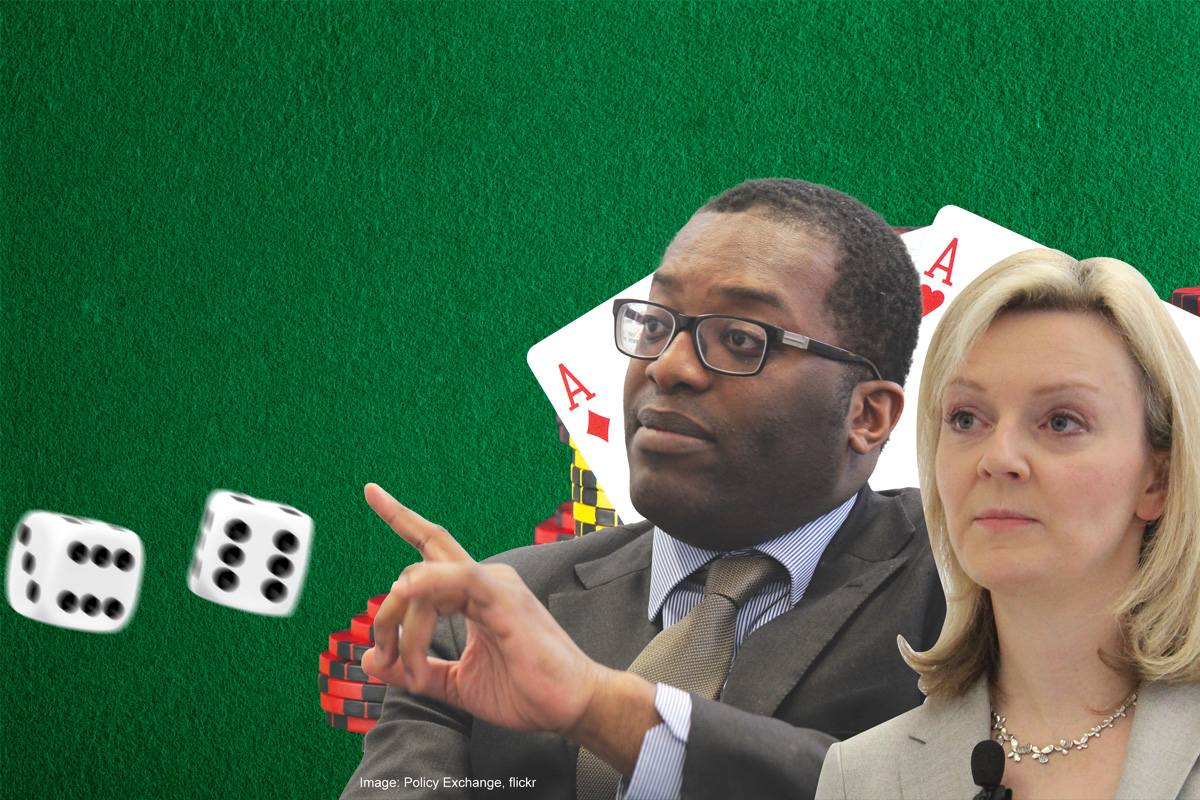 Despite their propaganda, reading between the lines, the ruling class even tacitly acknowledges the real causes behind inflation.
Despite their propaganda, reading between the lines, the ruling class even tacitly acknowledges the real causes behind inflation.
Commenting recently on the Biden administration’s various spending packages, for example, Jerome Powell remarked that “our federal fiscal policy is not on a sustainable path, and it really hasn’t been for some time”.
“We will need to get back to a sustainable path sooner or later,” the Fed chair added. “Sooner is better than later.”
Similarly, the Financial Times described incoming UK prime minister Liz Truss as being “on a collision course with the Bank of England” over her plans to subsidise energy bills and prop-up consumer spending through further government borrowing, at an estimated cost to the public purse of around £150 billion – all whilst slashing taxes on the rich and big business.
Speaking to the same newspaper, James Searle, an interest rate strategist at Citi, warned that “fiscal and monetary policy in the UK are now set to pull in different directions”.
What we are seeing is a veritable tug of war taking place between hawkish (unelected) central bankers, looking to spark a recession and subdue inflation, and anxious (elected) politicians, fearful of the social and political impacts of going down this path.
Similarly, in China, a conflict simmers between finance ministers worried about growth, in the face of a bursting property bubble and an economically-disastrous zero-covid policy, and Bonapartist CCP leader Xi Jinping, whose primary concern is to maintain stability – and above all his own prestige.
The ruling class everywhere, put simply, is increasingly split. This fissure is particularly noticeable in relation to the tensions between the US Federal Reserve and the White House. But it exists in one shape or form with every country’s ruling class, on every major question that confronts them.
One wing, pursuing a monetarist creed, wants to raise interest rates – and to hell with the consequences. The other, finding this bitter medicine too much to swallow, leans more on Keynesian methods, grasping for state stimulus and government bailouts.
The former seeks to immediately confront the working class head on. The latter, meanwhile, tries to kick the can down the road. But in doing so, they merely prepare the conditions for an even-deeper crisis – and a sharper class struggle – down the line.
Both, however, are motivated by the same thing: defending the capitalist system, and preserving the profits, power, and privileges of the billionaire class.
And for workers, either avenue amounts to the same thing. It is a ‘choice’ of death by slow hanging, or death by a thousand cuts.
Gordian Knot
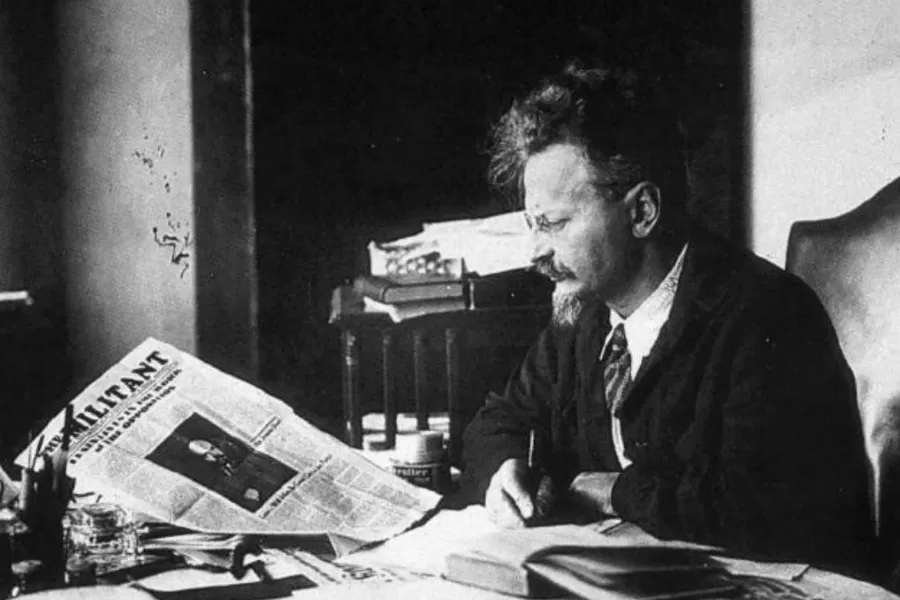 The monetarists and Keynesians are both right – and they are both wrong. Whatever decision the ruling class takes will end in disaster.
The monetarists and Keynesians are both right – and they are both wrong. Whatever decision the ruling class takes will end in disaster.
If they continue to hike interest rates, they will push the world economy into a new slump. If they continue to intervene through state support, however, they will fan the flames of inflation even further, whilst also adding to the already-mountainous pile of debt.
In fact, the most likely outcome is a combination of both: so-called ‘stagflation’, with prices remaining elevated, whilst the economy grinds to a halt or falls.
All the while, the class war will intensify in all countries, as the bosses go on the offensive, in an effort to boost their profits; and as workers move into action to defend their living standards.
Such developments echo and underline what Leon Trotsky profoundly explained over one hundred years ago, when he noted that:
“Every effort by the bourgeoisie to restore the equilibrium in production or in distribution or in state finances must inescapably disrupt the unstable equilibrium between the classes.”
In other words, every attempt by the ruling class to bring about economic stability only serves to provoke social and political instability.
And the same is true in the other direction. The ruling classes of the big imperialist powers have poured petrol on an already-raging fire through their consistently short-sighted political decisions, all in pursuit of their own narrow interests.
They have gone down the path of protectionism, raising the costs of trade. They are purposefully prolonging the conflict in Ukraine. And increasingly, the ruling class is lumbered with unreliable demagogues at the head of government, acting not in the interests of the capitalists, but instead pandering to the parochial views of their supporters (see, most notably, Liz Truss’ tax cuts and Brexit belligerence).
The result is proxy wars, trade wars, and culture wars that only inflame and destabilise an already-precarious situation.
Today, therefore, Trotsky’s assertion can be reformulated, or updated, as such: Every effort by the bourgeoisie to restore one economic equilibrium – i.e. on the monetary plane, with inflation – inescapably disrupts another – i.e. demand and growth – and vice-versa.
And both serve to undermine the social and political equilibrium, including in world relations, feeding back to create yet further economic instability, and leading to revolutionary upheavals across society.
There is no way out of this impasse under capitalism. Only the socialist revolution can cut through this Gordian Knot.
Twists and turns
 We see this dynamic playing out with every twist and turn in the crisis of capitalism.
We see this dynamic playing out with every twist and turn in the crisis of capitalism.
To save their system in the wake of the 2008 crash, the ruling class bailed out the banks and then presented workers and youth with the bill, in the form of austerity and cuts.
This led to mass mobilisations on the streets, and later to left-wing political formations such as Syriza in Greece, Podemos in Spain, or the Corbyn movement in Britain.
Then again, as the pandemic hit, governments across the world handed over blank cheques to big business – all funded through further debt and money printing – in the hope of preventing an economic implosion and a social explosion.
But this paved the way for the eye-watering inflation that we see today, by blowing a gust of fictitious capital into the global economy.
And now, with the prospect of millions in Europe and Britain being plunged into fuel poverty and destitution, we see capitalist politicians scrabbling to respond to the energy crisis through various desperate measures – all of which have one thing in common: that they will be paid, either in the immediate term or in the long-run, by the working class.
All the while, the imperialists drag out the Ukraine war and ramp up their trade wars, sowing the seeds for protracted inflation and wild swings in prices, and further destabilising the already-fragile and volatile world economy.
Accident and necessity
 For the apologists of capitalism, and the empirical reformists also, these crises are nothing but a series of unfortunate accidents.
For the apologists of capitalism, and the empirical reformists also, these crises are nothing but a series of unfortunate accidents.
In the 1970s, it was an ‘oil’ crisis and various other secondary factors that supposedly lay behind the world recession. Similarly, the 2008 slump was declared to be a ‘financial’ crisis, caused by greedy bankers and lax regulation.
In 2020, ignoring all the existing warning signs, we were told that the global economy would have been in rude health, were it not for the damage inflicted by the pandemic in the ‘corona’ crisis.
And today, all the blame is heaped on Putin’s invasion of Ukraine, which has led to an ‘energy’ or ‘cost-of-living’ crisis.
Taken together, however, we can see that all these ‘accidents’ reflect an underlying necessity: the contradictions of the capitalist system, which inherently lead to chaos and crisis; a rebellion of the productive forces against the straitjacket of private ownership and the nation state.
A vibrant, virile system would be able to withstand these knocks and shocks. But capitalism – a system in the midst of senile decline and decay – is instead thrown from pillar to post by these hammer blows.
Each new stage in the crisis, in turn, heightens the contradictions built up in the period before, accelerating the existing processes, and further pounding away at consciousness.
The menace of inflation that is ravaging society today, in this respect, is no random occurrence, but is an indication of capitalism’s accumulated contradictions coming to the fore; of the chickens coming home to roost for the ruling class, after years and decades of reckless Keynesian policies; and of the myopic pursuit of short-term profits by the capitalists coming back to bite them.
And it is the working class in all countries who are forced to suffer the consequences.
The ‘cost-of-living’ crisis, therefore, is not an isolated problem – one that can be solved through a patchwork of piecemeal reforms. Rather, it is another symptom of a sick system; the latest chapter in the ongoing crisis of capitalism.
But the end of this story has yet to be written. It is beholden on us to get organised, build the forces of Marxism, and provide it with a revolutionary conclusion.

